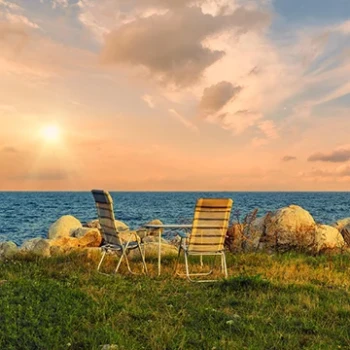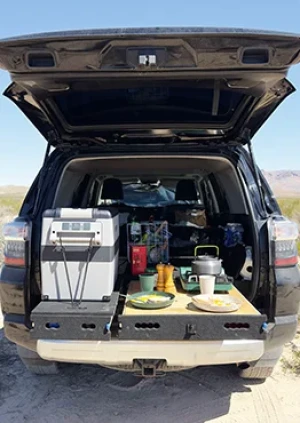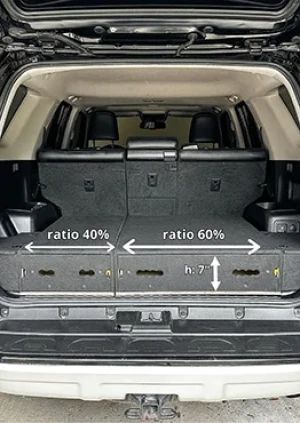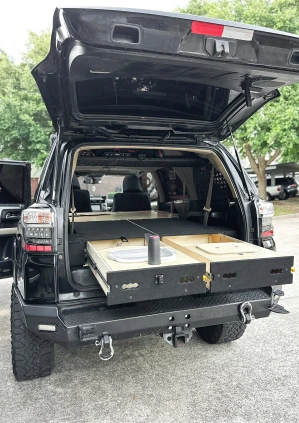Camping in Extreme Weather Conditions: Rain and Heat
Camping is always an adventure, but unpredictable weather can make it a real challenge. Proper preparation is key to staying comfortable and safe when dealing with intense heat or heavy rain. This guide will cover preparing for harsh conditions, setting up a cozy resting area, cooking in harsh environments, and handling sudden weather changes.
Preparing for Harsh Weather
When temperatures soar, choosing the right campsite is crucial. Look for shade under trees, rocks, or ravines to keep cool. If natural shelter is unavailable, set up a thermal blanket or thick fabric for shade, but leave gaps for ventilation. Avoid camping near heated stones, as they release heat at night.
Wearing the proper clothing also helps. Opt for light, breathable fabrics like cotton or linen and avoid thick synthetic materials, which trap heat. A wide-brimmed hat and sunscreen are essential to prevent sunburn.
To cool down, use the power of evaporation: hang a damp cloth at the entrance of your tent or dig a small hole, fill it with water, and cover it with light fabric. The evaporating moisture will help lower the temperature.
Rainy weather requires extra precautions to keep your camp dry. Set your tent on higher ground to prevent water pooling, and place a waterproof tarp or plastic sheet underneath. For extra protection, stretch a tarp over your tent and cooking area.
Consider using the Toyota cargo sleeping platform if the weather is particularly harsh. It transforms your vehicle into a dry, comfortable resting space, protecting you from the elements.
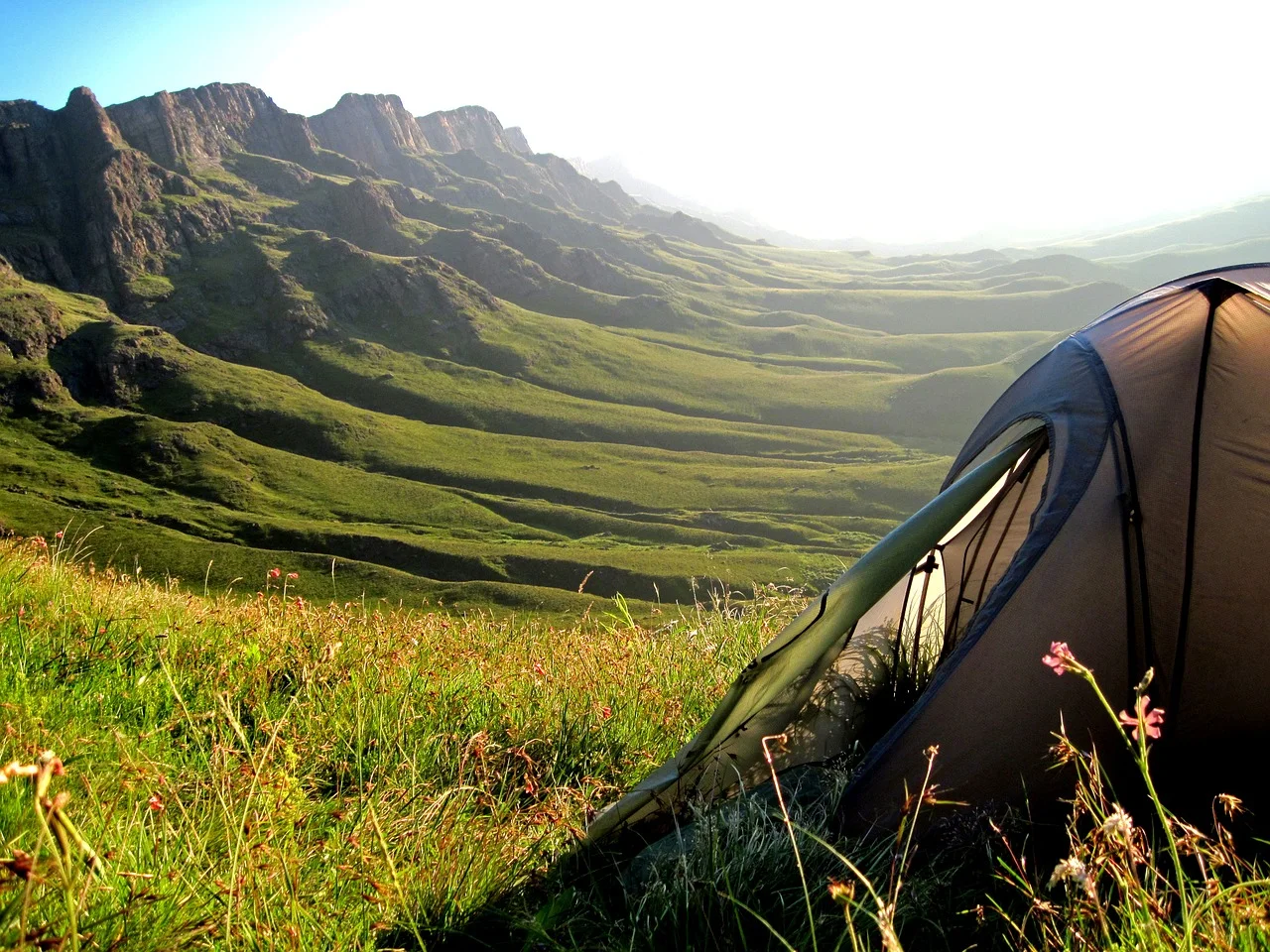
Handling Sudden Weather Changes
A sudden downpour can soak your gear, so drying it quickly is essential. Hang wet items under a shelter or near a fire – just not too close, to avoid damage. To stay dry and comfortable during rain, consider using the cargo sleeping platform, which transforms your vehicle into a cozy resting spot, protecting you from the elements.
Extreme heat can be just as dangerous as cold, especially if it leads to heatstroke or sunstroke. Early warning signs include dizziness, nausea, weakness, and an increased body temperature. If this happens, find shade immediately, sip water in small amounts, and cool your body by splashing cold water on your neck and wrists. If it is sunstroke, cooling your head is also important.
Avoid standing near isolated trees, open fields, or hilltops if a thunderstorm hits. Instead, seek shelter in a low area, not a dry streambed, as sudden flash floods can occur. Please avoid metal objects, avoid touching metal-framed tents, and do not use an umbrella, as its metal parts can attract lightning.

Cooking in Tough Conditions
Once your shelter is secure, it is time to think about food. Starting a fire in the rain is tricky, but dry alcohol, wax tablets, or cotton fabric soaked in wax can help. A good technique is to build a "well" fire, where the inner part stays dry while the outer layer shields the flame from wind and moisture.
If lighting a fire is impossible, non-perishable foods like nuts, dried fruits, canned meats, hard cheeses, and crackers will keep you going. The 4th gen 4Runner cargo sleeping platform provides both a comfortable sleeping area and extra storage space for food and essentials, keeping everything organized and within reach.
In hot weather, food spoils faster. Keep it in the shade, wrapped in a damp cloth, or, if a river is nearby, place it in a sealed container and submerge it in the water to keep it fresh longer.

Camping in extreme weather is challenging, but you can stay safe and comfortable with the proper preparation. Whether battling heat or rain, knowing how to adapt will make your adventure more enjoyable. Stay prepared, stay safe, and embrace the great outdoors challenge!



